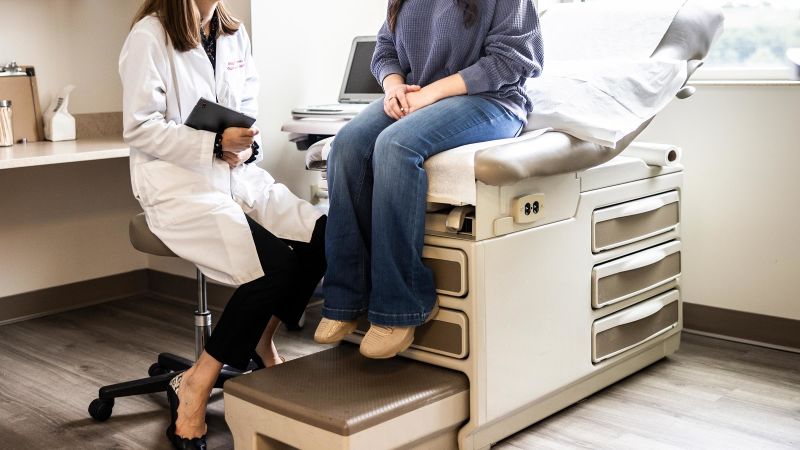The US Preventive Services Task Force (USPSTF) has put forth a significant draft recommendation regarding cervical cancer screening, which holds substantial implications for women’s health. The key takeaway from this draft is that testing for high-risk human papillomavirus (HPV) every five years is now considered the “preferred screening strategy” for women starting at the age of 30. This recommendation is based on the understanding that the majority of cervical cancers are caused by HPV, making this testing method a critical component of effective preventive care.
Historically, cervical cancer screenings primarily relied on cervical cytology, commonly referred to as Pap tests or Pap smears. These tests involve collecting cells from the cervix to examine for signs of cancer. The effectiveness of these tests has prompted screening practices for many years, but emerging evidence has led to an evolution in recommended strategies.
The newly released draft emphasizes the importance of HPV testing as a primary screening method for women aged 30 to 65. HPV tests involve collecting a sample, typically vaginal, to check for the presence of high-risk HPV types associated with cervical cancer. Dr. Esa Davis, a member of the task force and a professor at the University of Maryland, states that this approach strikes the best balance between the benefits and potential harms associated with cervical cancer detection.
An innovative aspect of the draft is the inclusion of self-collected vaginal samples for HPV testing. This marks a significant shift as it provides an option for women to perform the sample collection themselves, fostering a more comfortable and accessible screening experience. This self-collection option could be particularly appealing to those who may shy away from traditional screening methods due to discomfort or anxiety.
Interestingly, if HPV testing is not accessible, the recommendation still allows for alternative screening strategies, including cervical cytology alone or a combined co-test that pairs both HPV testing and cervical cytology. While the draft places a strong emphasis on HPV testing, it acknowledges that these other screening methods remain effective and available options for healthcare providers and patients.
Importantly, the revised recommendation is not a critique of the Pap test, but rather an acknowledgment that HPV testing offers superior effectiveness for cervical cancer screening in the specified age group. The recommendation preserves the previous guidance for women in their 20s, who are still advised to undergo cervical cytology every three years, reinforcing the need for routine screening to catch potential issues early.
The draft recommendation is not finalized yet, as it is subject to public comment until January 13, after which the USPSTF will assess the feedback. The American Cancer Society has also expressed support for the integration of HPV testing into cervical cancer screening guidelines, noting that primary HPV testing provides better preventive outcomes than a Pap test on its own.
The stark reality remains that around 80% of people may experience an HPV infection at some point in their lives. HPV encompasses over 150 different viruses with varying risk levels; some strains are associated with benign warts, while others are linked to significant health risks, like cervical and other cancers. It’s crucial to understand that a diagnosis of high-risk HPV does not automatically imply cancer, as most HPV infections can resolve naturally within two years. However, persistence of the infection is a significant risk factor for the development of cancer, emphasizing the importance of early detection and monitoring.
Furthermore, once finalized, this recommendation will revise the previous guidelines established in 2018, outlining specific population screening strategies. The newer guidance further corroborates the importance of regular screenings for women aged 21 to 65, highlighting that cervical cancer is preventable and treatable with early intervention.
In a recent move, the FDA expanded the approval for self-collected vaginal samples for two HPV tests, allowing options for women who may prefer to collect samples themselves. By scaling access and comfort in screening processes, such changes aim to reduce barriers and encourage more women to participate in necessary preventive health measures.
In conclusion, the updated draft by the USPSTF represents a progressive step toward more effective cervical cancer screening. Emphasizing HPV testing and introducing self-collection options are designed to enhance accessibility and potentially reduce cervical cancer incidence through earlier detection. Regular screenings will continue to be vital, particularly as innovative approaches encourage more women to engage in their health proactively. As this recommendation evolves through public feedback, its implications could reshape how cervical cancer is prevented and managed in the future.



